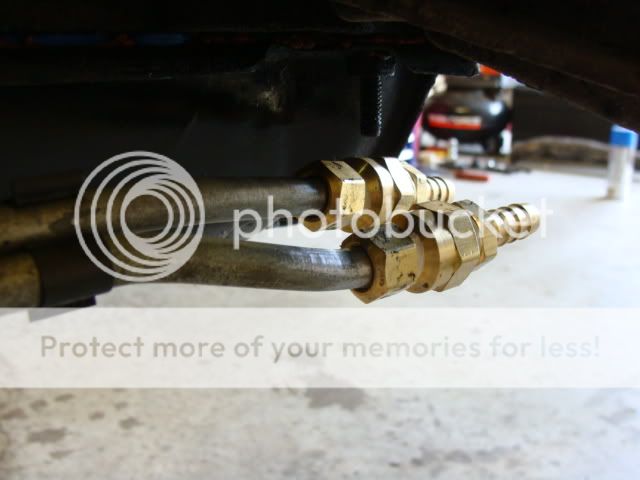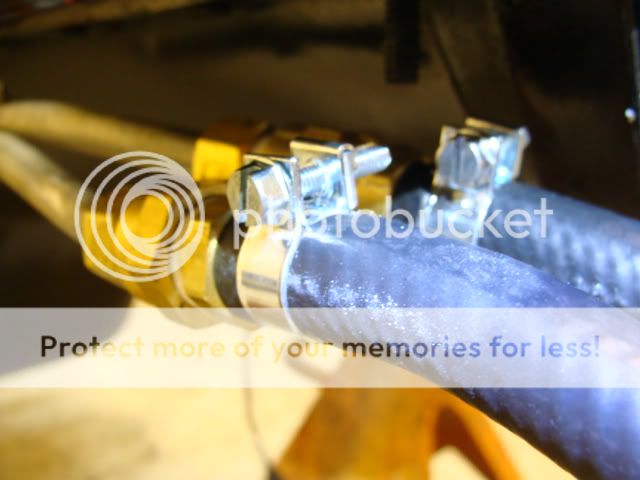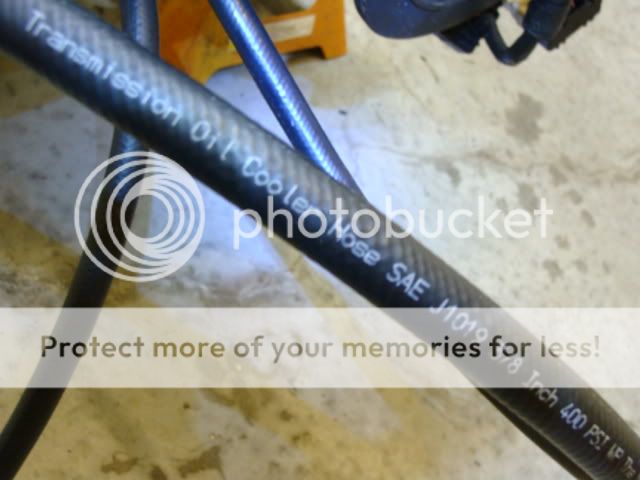FBNEMO
NAXJA Forum User
- Location
- East Central Indiana
I'm using the comanche with an automatic (AW-4 tranny) for occasional residential snow plowing. Blade is a Sno*Bear brand. I understand that tranny is rated light/medium duty. One issue I have read is that tranny likes to get hot. I also understand that you can over cool fluid which could be harmful too.
Would a tranny cooler be needed? If so, what size? I would think the cold weather would help keep tranny cool. (90% of the time jeep is a DD.) When pushing snow, I don't push comanche and I take my time-usually in 4L.
What other modifications/changes has anyone else have done to this type of tranny?
Thanks!
Would a tranny cooler be needed? If so, what size? I would think the cold weather would help keep tranny cool. (90% of the time jeep is a DD.) When pushing snow, I don't push comanche and I take my time-usually in 4L.
What other modifications/changes has anyone else have done to this type of tranny?
Thanks!



